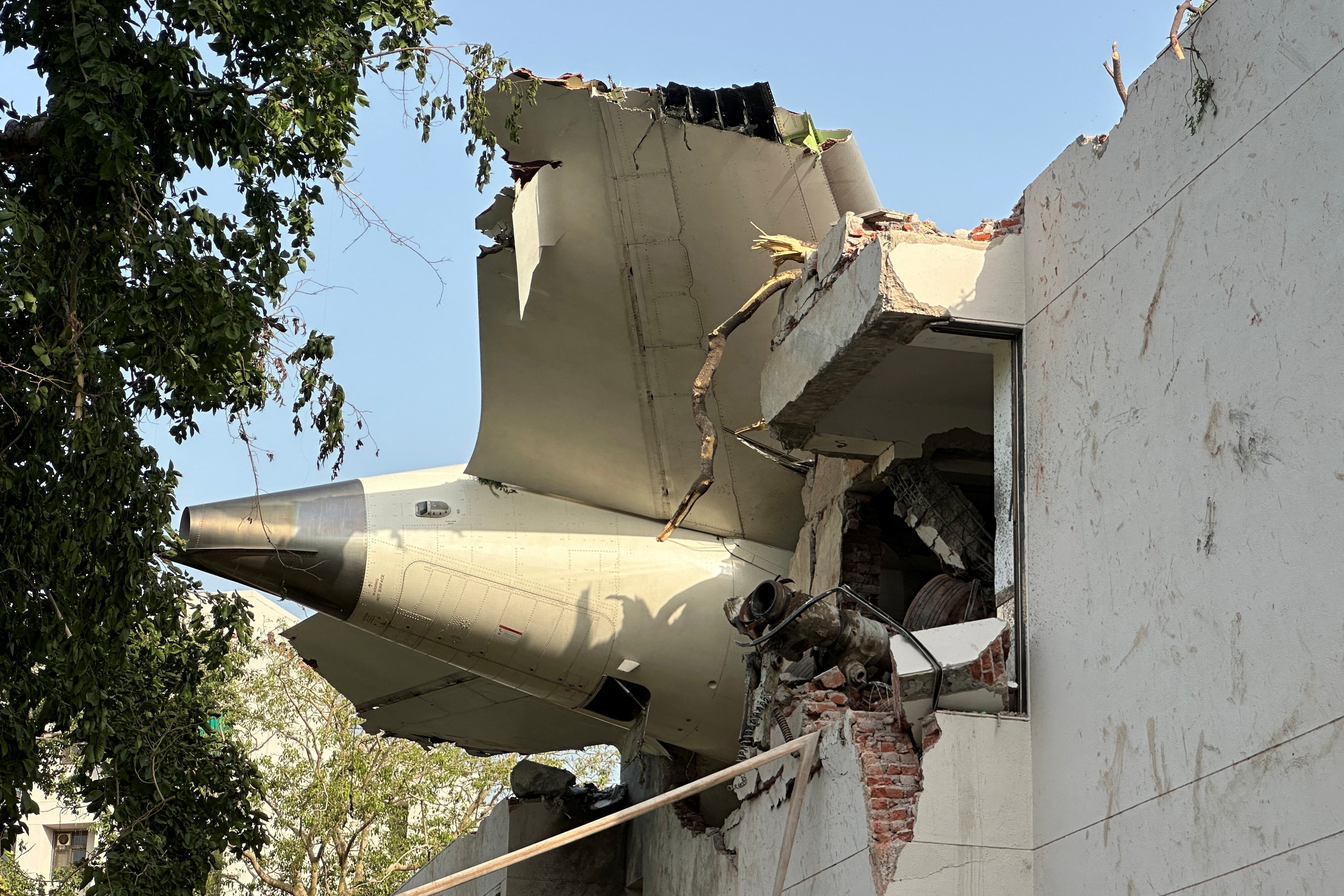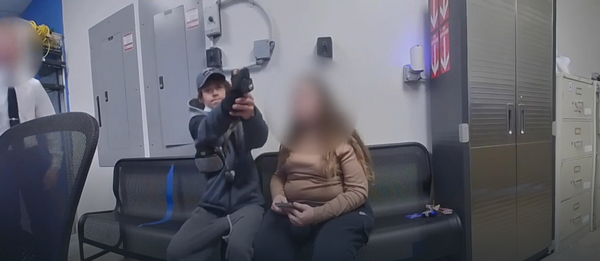Aviation experts are conflicted on what may have caused the deadly Air India plane crash.
The Boeing 787, bound for London, crashed with 242 people on board shortly after departing from Ahmedabad airport in the western Indian state of Gujarat on Thursday.
Saurabh Bhatnagar told New Delhi Television that the incident appears to have involved "multiple bird hits".
He said: "It looks, prima facie, like a case of multiple bird hits wherein both the engines have lost power."
Mr Bhatnagar added that the "take-off was perfect" but shortly before retracting the landing gear, the aircraft began to descend.

He believes this indicates a loss of engine power or lift.
"Obviously, the investigation will reveal the exact reason," he added.
Mr Bhatnagar noted that video of the incident indicates the plane "came down in a controlled fashion".
Bird strikes are defined as a collision between a bird and an aircraft which is in flight, taking-off or landing.
A large flock of birds entering an aircraft engine can cause power loss.
Efforts to reduce the number of bird strikes on planes include using lights on aircraft to make them more visible to birds, and making loud noises at airports to scare them away.
However another aviation expert told The Independent that bird strikes are unlikely to have caused the crash.
Richard Curran, professor of sustainable aviation at City, University of London, said: “If there was a problem with an engine, the pilots would know that immediately on takeoff. So they wouldn't have got as far as they did, and they would have they would have changed their path.
“I don't think there's any sort of credibility in [the bird strike suggestion] unless the effect of it took time. You don’t really get multiple bird strikes and if they had, [the pilots] would have said that, and they didn’t.”
Prof Curran, who was previously KLM’s chair of engineering and maintenance, said: “These these pilots are extremely well trained. They're trained for bird strike. It's one of the basic things that you go through in simulator training as a pilot. Probably every 60 to 100 flight hours, you go into the simulator and you're put through these things. So they know very, very well how to deal with it.
“And because that wasn't translated, I think it was something more to do with the engine or the control system in the aircraft.”
Latest Civil Aviation Authority figures show there were 1,432 incidents reported in the UK in 2022.
Professor John McDermid, of the University of York, said it was too early to know “in any detail” what may have caused the Air India incident, but the timing suggests the issue happened “very suddenly”.
He said: “Take-off and landing are the most dangerous phases of flight.
“However, that said, it’s surprising that the accident occurred before the aircraft had even got to 200 metres altitude.
“Pilots can abort take-off until quite late in the take-off roll, so it seems like the problem occurred very suddenly in the final part of the take-off roll, or shortly after take-off, and was sufficiently serious to be unmanageable.
“Given the levels of redundancy in systems, the fact that aircraft are designed to climb out on only one engine, etc. on initial sight this seems a very surprising accident.”
Professor McDermid added it is “very unlikely” the plane was overweight or carrying too much fuel as “there are careful checks on this”.
Graham Braithwaite, the director of aerospace and aviation at Cranfield University, Bedfordshire, said take-off is a “critical stage of flight” as the plane is accelerating and “any problem-solving requires a rapid response”.
Paul Williams, professor of atmospheric science at the University of Reading, said the weather conditions at the airport when the crash happened “appear to have been very good”.
He added: “It was a dry and sunny day in Ahmedabad, with temperatures near 40C.
“There was good visibility and light winds from the west.
“There was no bad weather in the vicinity.
“There is no indication at this stage that turbulence or other weather conditions were a factor in the crash.”
The accident will be investigated by India’s Aircraft Accident Investigation Bureau.
The UK’s Air Accidents Investigation Branch is also likely to be involved because of the number of British nationals onboard.







